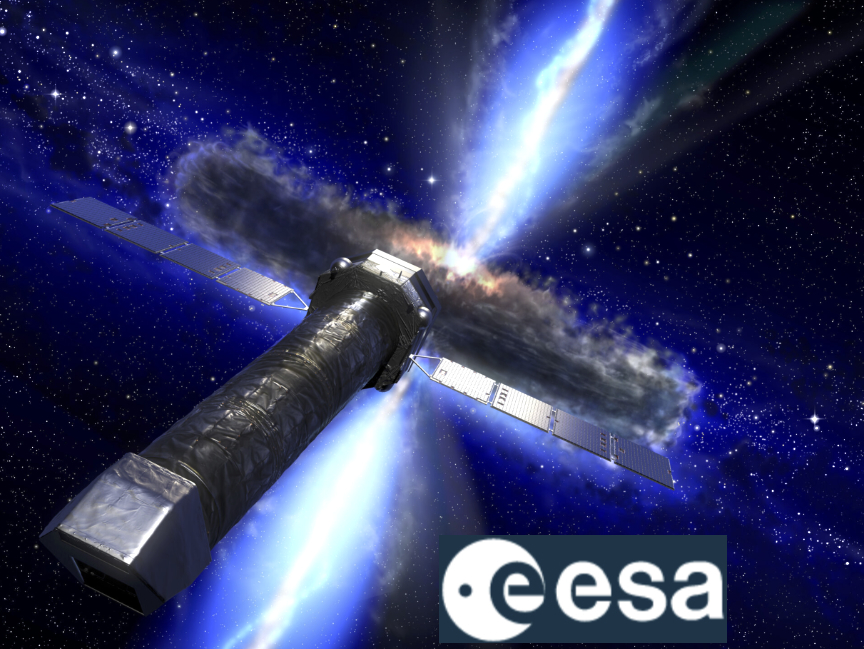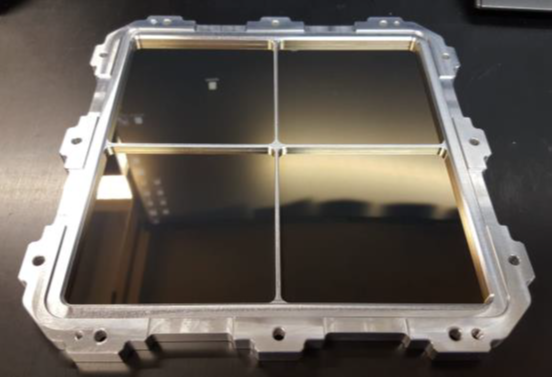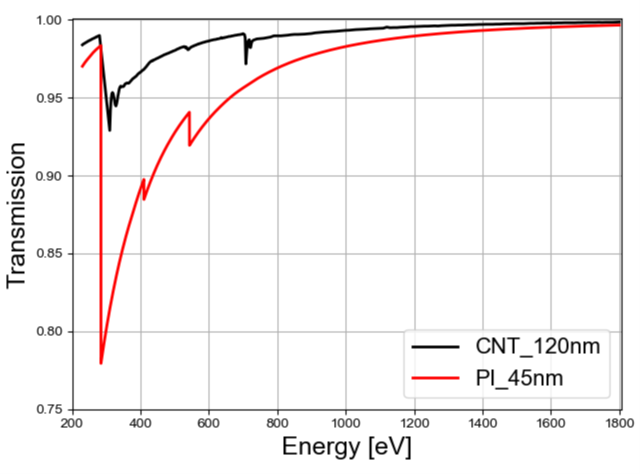
A GSTP activity led by Ametek in Finland has built high-performance optical filters representative of those that will be used by one of ESA’s biggest upcoming missions. For the Advanced Telescope for High-Energy Astrophysics (Athena) mission to be successful large, optical filters are needed but until recently high performing filters like those needed were not made in Europe.

“Up to now the baseline for these filters comes from outside Europe. The objective of this activity is to try to build a European alternative, raise the TRL and be able to have some of the filters we use in a mission replaced with the ones designed in this activity. If the TRL will be high enough by the time we choose the ones needed for the mission in 2027.” — Alessandra Ciapponi, the ESA engineer leading the project.
These filters are placed in the instrument to block particles, electrons and photons that fall outside the desired energy range (in this case, X-rays), while providing high X-Ray transmittance and enduring temperatures & differential pressure conditions compliant with the operation on the spacecraft.
Development of these filters began a long time ago, with the activity investigating various possible materials for a thin membrane that sits over a metal mesh, together becoming a filter such as polymide and silicon nitride.
“Polymide was ok as the baseline material and demonstrated good scalability but some concerns were raised when pushing the technology to manufacture very large size and very thin filters. They will require further improvement. For silicon nitride a clear problem was found in its scalability to a large area size filter. So we began to investigate carbon nano tubes as a material instead. ” — Alessandra Ciapponi,
Vibration tests made clear that a potential point of breakage for the membrane is related to the attachment and adherence of the metal mesh to the thin CNT membrane.
“We have already begun a follow on project under the GSTP De-Risk Framework. If we exchange the metal mesh with a carbon nanotube material as well as the membrane, it will again improve transmission and the resistance of the filters against vibration. Carbon nano-tube filters are now being investigated also for the NASA’s MUSE MIDEX mission, this is a very big success for the GSTP program”
Work is ongoing and it is also the objective of a second contract .
The Athena mission will carry two instruments: the X-ray Integral Field Unit (X-IFU) and the Wide field Imager (WFI). Full size test carbon nano-tube filters were built to fit some of the various target filter shapes of the ATHENA including the optical blocking filter for the WFI (see image), area up to 160 x 160 mm2.
AMETEK led a consortium that includes Oxford Instruments and Canatu, in Finland and the University of Palermo, in Italy.


